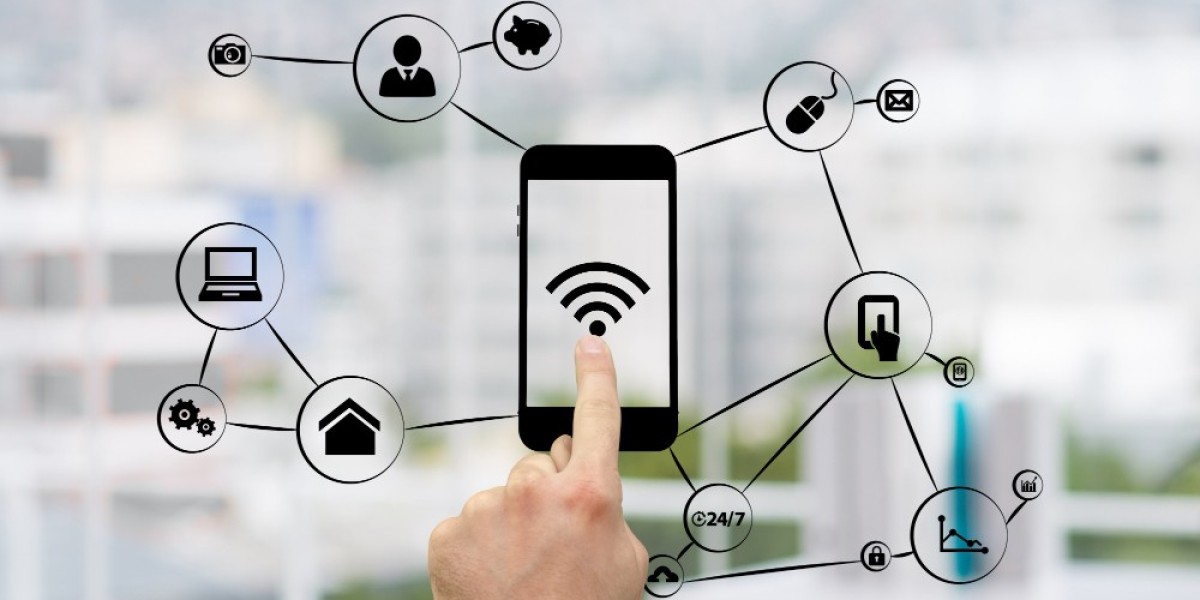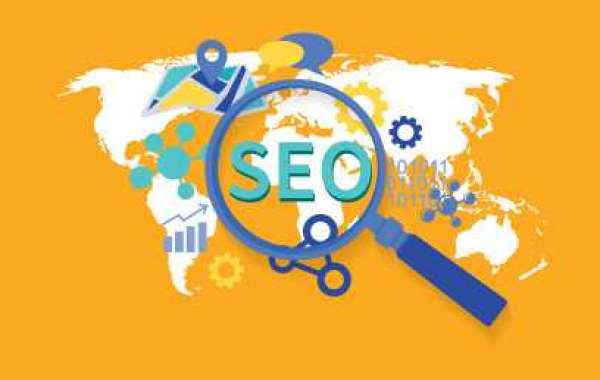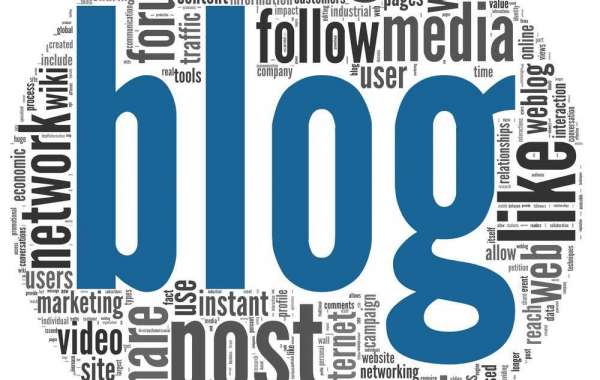In today’s digital era, connectivity plays a vital role in powering IoT Technology Solutions, driving innovation across industries. From smart homes to industrial automation, IoT relies on seamless communication between devices, networks, and cloud-based platforms. Without robust connectivity, IoT applications cannot function efficiently, leading to data silos, security vulnerabilities, and operational inefficiencies.
This blog delves into the importance of connectivity in IoT, the various connectivity options available, and how businesses can leverage IoT for enhanced efficiency and scalability.
1. The Role of Connectivity in IoT
Connectivity is the bridge that enables IoT devices to transmit data in real time. Whether it's a smart thermostat adjusting room temperature or an industrial sensor monitoring equipment health, IoT solutions depend on reliable data exchange.
Key benefits of strong connectivity in IoT include:
Seamless Communication: Devices interact smoothly across networks.
Real-time Data Transmission: Instant updates for better decision-making.
Scalability: Businesses can expand their IoT ecosystems effortlessly.
Remote Monitoring & Control: Access IoT devices from anywhere.
The choice of connectivity technology significantly impacts IoT performance, security, and efficiency.
2. Types of IoT Connectivity Technologies
IoT devices use various connectivity methods based on their range, power consumption, and data transmission needs. Here are some popular options:
a) Wi-Fi
Best for indoor IoT applications like smart homes and offices.
High-speed data transfer requires significant power.
b) Cellular Networks (3G, 4G, 5G)
Ideal for large-scale IoT applications, including smart cities.
5G offers ultra-low latency and high-speed connectivity.
c) LPWAN (LoRaWAN, NB-IoT, Sigfox)
Low-power connectivity suitable for industrial IoT and smart agriculture.
Supports long-range communication with minimal energy consumption.
d) Bluetooth & BLE (Bluetooth Low Energy)
Used in wearables and smart home automation.
Energy-efficient but has a limited range.
e) Satellite IoT
Best for remote locations where traditional networks are unavailable.
Used in maritime tracking, environmental monitoring, and emergency response systems.
Choosing the right connectivity solution depends on the specific IoT application and business needs.
3. The Business Impact of Reliable IoT Connectivity
Industries leveraging IoT technology experience significant improvements in efficiency, cost savings, and decision-making. Here’s how:
Manufacturing & Industrial IoT (IIoT)
Predictive maintenance reduces downtime.
Smart sensors improve supply chain efficiency.
Healthcare
IoT-powered wearable devices monitor patient health in real time.
Smart hospital management systems enhance patient care.
Smart Cities & Infrastructure
IoT sensors manage traffic, waste, and energy consumption.
Public safety systems enhance urban security.
Retail & E-commerce
Smart shelves and automated inventory tracking optimize stock management.
Personalized customer experiences through IoT-driven insights.
For businesses planning an IoT investment, tools like an App Cost Calculator help estimate development costs based on project requirements.
4. Security & Challenges in IoT Connectivity
While IoT connectivity brings numerous advantages, it also introduces challenges that businesses must address:
a) Security Risks
IoT devices are prone to cyberattacks if not properly secured.
Strong encryption, authentication, and regular software updates are essential.
b) Interoperability Issues
Various IoT devices may struggle to communicate due to differing protocols.
Standardization and API integrations help ensure seamless compatibility.
c) Scalability Concerns
Expanding IoT networks requires scalable infrastructure.










